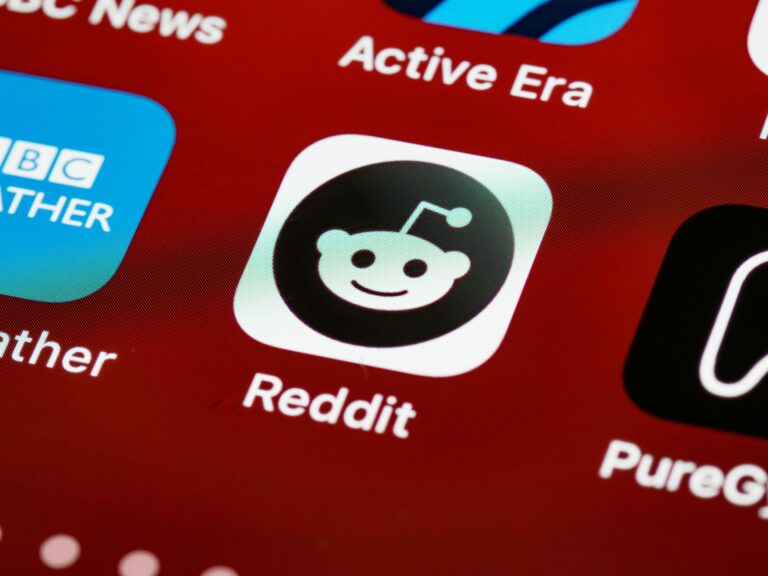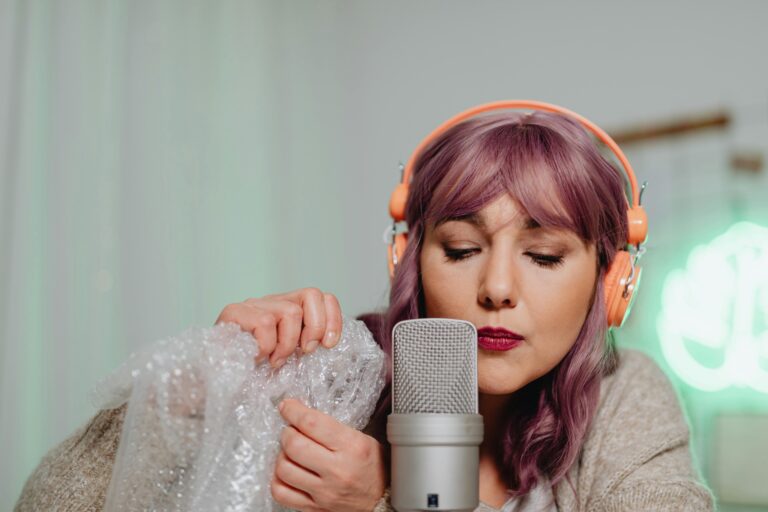
4. Tatcha – “Pure Skincare, Pure Sound”
Luxury beauty brand Tatcha used ASMR in their YouTube ad campaigns to emphasize the serenity and craftsmanship behind their Japanese skincare products. The video featured the gentle opening of packaging, brush bristles gliding over the skin, and serum droplets falling into glass.
The sound design beautifully matched Tatcha’s brand promise—elegant simplicity and wellness. The ad helped convey product texture and quality without ever saying a word.
This is a stellar example of ASMR advertising helping premium brands express values like calm, luxury, and care—often better than visual or verbal cues alone.
5. Pepsi – “Pepsi MAX Ginger”
While ASMR might not scream “Pepsi,” the brand decided to experiment. In a campaign promoting its ginger-flavored MAX soda in the UK (which also aired digitally in the U.S.), Pepsi used classic ASMR sounds like can cracking, fizzing bubbles, and ice cubes clinking in a glass.
The ad stood out for its bold choice to ditch music or fast cuts—sticking solely to product-related sounds. The effect? A refreshingly crisp take on a fizzy drink, activating both curiosity and cravings.
This showed how ASMR advertising can work even in categories not naturally associated with calm or relaxation—like carbonated beverages.
Why ASMR Advertising Works for the U.S. Market
So, why has ASMR advertising clicked so well with U.S. audiences?
- Taps Into Wellness Trends – With mindfulness, mental health, and “slow living” gaining traction, ASMR fits naturally into this lifestyle.
- Breaks Through the Noise – Quiet, intentional sound design offers contrast in a loud, content-saturated digital landscape.
- Boosts Engagement – ASMR videos often drive longer watch times and higher engagement rates on platforms like YouTube and TikTok.
- Works Across Categories – From beer to skincare, ASMR is surprisingly flexible. Brands can adapt it to fit their tone and product.


